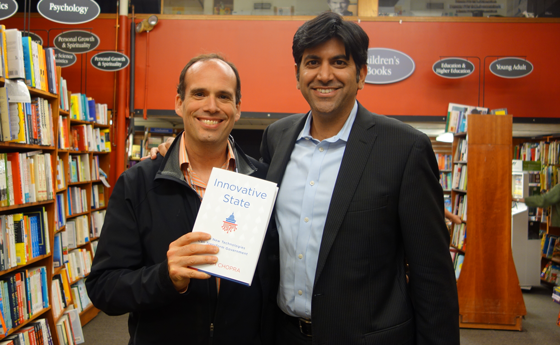In a blog post earlier this month, I advocated for ONC and CMS to adopt a grand scheme to improve patient data access through the SMART on FHIR API. Here, I’ll advocate for a very small scheme that ignores some of the big issues, but aims to patch up one of the most broken aspects of today’s system.
The problem: patient-facing “transmit” is broken
Not to mince words: ONC’s certification program and CMS’s attestation program are out of sync on patient access. As a result, patient portals don’t offer reliable “transmit” capabilities.
2014-certified EHR systems must demonstrate support for portal-based Direct message transmission, but providers don’t need to make these capabilities available for patients in real life. Today, two loopholes prevent patient access:
Continue reading “Improving patient access: small steps and patch-ups”





You must be logged in to post a comment.